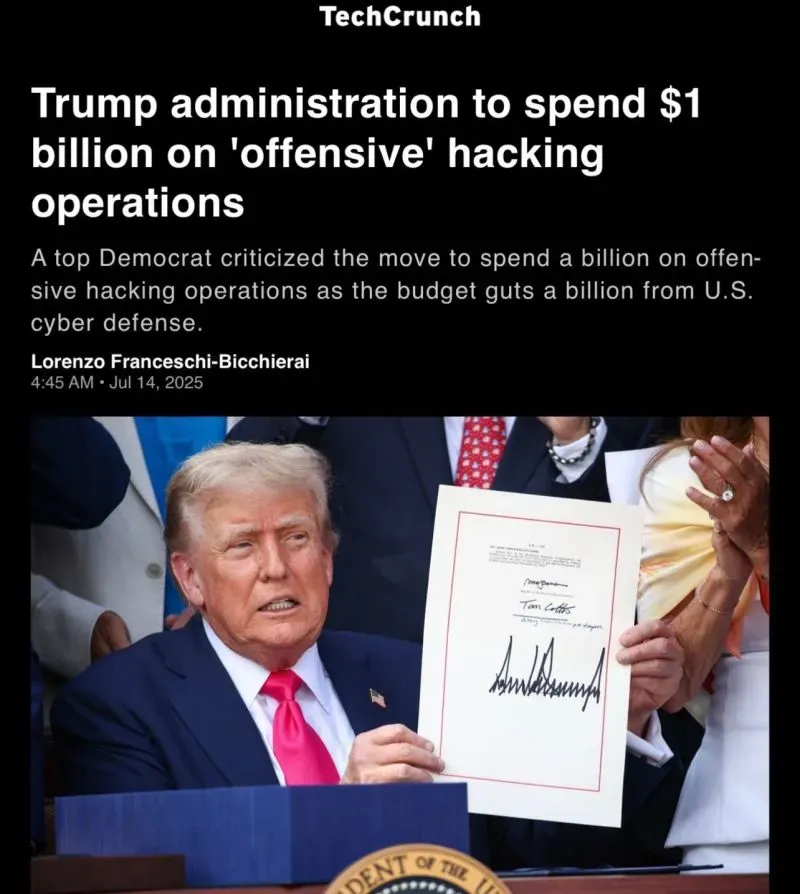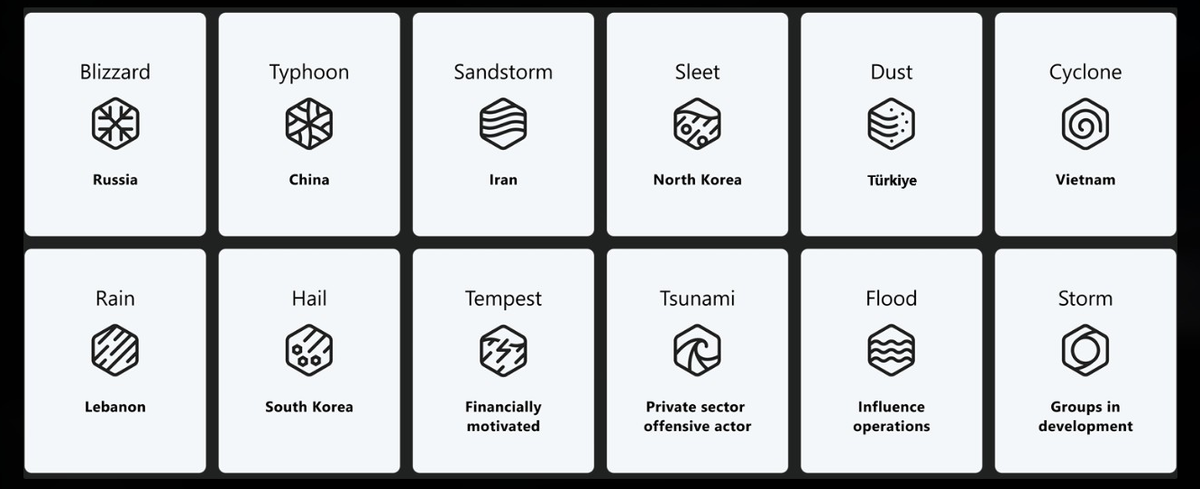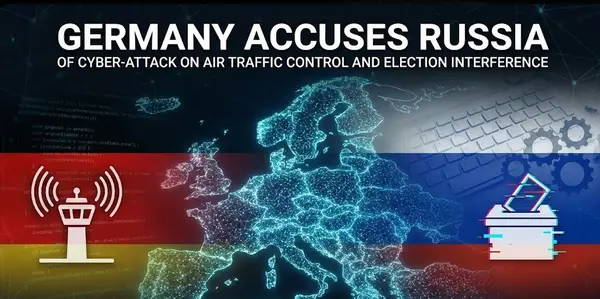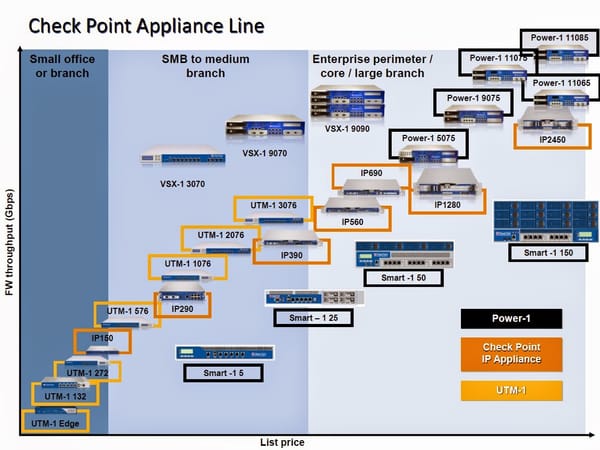The Dragon's Digital Army: How China's Massive Cyber Operations Dwarf America's Elite Units

The Rise of China's Cyber Colossus
China's approach to cyber warfare represents one of the most sophisticated and expansive digital operations in modern history. At the heart of this ecosystem lies the legendary Honker Union, a nationalist hacking collective that has evolved from grassroots hacktivism to a cornerstone of China's broader cyber strategy. Their name means "red guest" and is a play on words for the word 'hacker', symbolizing their patriotic motivation and deep integration with Chinese national interests.
The Honker Union first gained international attention following the 2001 Hainan Island Incident, when they defaced the White House website in retaliation for the U.S. spy plane collision. This marked the beginning of what would become a sustained, nationalistic cyber campaign. The 32-year-old claims he heads a five thousand-strong team of activists known as the Honker Union or Red Hackers, demonstrating the scale and organization of just one group within China's vast cyber apparatus.

The group's activities extend far beyond isolated incidents. After the Chinese website Baidu was hacked by the Iranian Cyber Army in 2010, Chinese hackers claiming to be members of the Honker Union began to launch retaliatory attacks against Iranian websites, showcasing their rapid response capabilities and international reach. Their operations consistently reflect a deep nationalist sentiment, with members declaring: "We are China's hacker! Let the world hear the voice of China! The state is higher than the dignity of all!"
The Professional Evolution: From Hacktivists to State Assets
What makes China's cyber operations particularly formidable is the seamless integration between grassroots hacking groups and professional state-sponsored units. The country has developed a sophisticated ecosystem where groups like the Honker Union operate alongside elite military units such as Unit 61398. While the mission of Unit 61398 is officially secret, it has recruited publicly for computer science graduates who have both a master's degree and proficiency in English, indicating the professional standards and international focus of these operations.
This hybrid model allows China to leverage both the passion of nationalist hackers and the precision of military professionals. APT41, the most prolific threat actor identified with 16 attacks, has conducted state-sponsored espionage as well as "financially motivated activity potentially outside of state control", illustrating how these groups can operate with varying degrees of state oversight while maintaining plausible deniability.

The recent arrests highlight the ongoing nature of these operations. The defendants are Ni Gaobin (倪高彬), 38; Weng Ming (翁明), 37; Cheng Feng (程锋), 34; Peng Yaowen (彭耀文), 38; Sun Xiaohui (孙小辉), 38; Xiong Wang (熊旺), 35; and Zhao Guangzong (赵光宗), 38, demonstrating that China continues to deploy experienced professionals in their cyber operations targeting perceived critics and U.S. interests.
America's Elite but Limited Response
In stark contrast to China's vast network of hackers, the United States operates with a much smaller, more centralized approach focused on elite units within established military and intelligence structures. The primary U.S. cyber operations are concentrated within two main organizations: U.S. Cyber Command and the National Security Agency.

Today, the CNMF has expanded to 39 joint cyber teams consisting of over 2,000 service members and civilian members across the U.S. Armed Forces. This represents the core of America's military cyber capability - a highly professional force of approximately 2,000 personnel organized into specialized teams. While these operators are undoubtedly among the world's most skilled, their numbers pale in comparison to China's approach.
The NSA's Tailored Access Operations (TAO) represents another elite unit within the U.S. cyber arsenal. In 2004, according to secret internal records, the agency was managing a small network of only 100 to 150 implants. But over the next six to eight years, as an elite unit called Tailored Access Operations (TAO) recruited new hackers and developed new malware tools, the number of implants soared. Despite this growth, the focus remained on sophisticated, targeted operations rather than mass recruitment.

The Numbers Game: David vs. Goliath in Cyberspace
The scale difference between Chinese and American cyber operations is staggering. While the U.S. operates with roughly 2,000 military cyber personnel and perhaps a few hundred additional NSA specialists, China's approach encompasses thousands of state-affiliated hackers across multiple organizations, supplemented by patriotic volunteer groups numbering in the tens of thousands.
The Honker Union alone claims a five thousand-strong team of activists, nearly three times the size of the entire U.S. Cyber National Mission Force. This doesn't account for other Chinese groups, professional military units, or the broader ecosystem of university-affiliated researchers and private contractors who contribute to China's cyber capabilities.
Strategic Implications of the Scale Disparity
This numerical disparity reflects fundamentally different strategic approaches. The United States emphasizes quality over quantity, investing in highly trained professionals capable of executing precision operations like the 2016 classified military cyberattack against ISIS to bring down its media operation. American cyber operations tend to be surgical, targeted, and conducted with strict oversight and legal frameworks.
China's model, by contrast, leverages the power of numbers and nationalist sentiment. By cultivating a broad ecosystem of hackers with varying skill levels and motivations, China can conduct sustained campaigns across multiple fronts simultaneously. This approach allows for both precision strikes and broad reconnaissance efforts, creating a persistent presence in global cyberspace.

The challenge for the United States is that the world of cyber operations is notoriously secretive, making it difficult to fully assess the effectiveness of either approach. However, the sheer volume of Chinese cyber activities reported in recent years suggests their quantity-focused strategy is achieving significant results.
The Future of Cyber Asymmetry
As cyber warfare continues to evolve, the contrast between Chinese mass mobilization and American elite specialization will likely become even more pronounced. A quiet but constant tug of war is raging between the intelligence community and the military over the future of U.S. Cyber Command, indicating ongoing debates about the optimal structure and scale of American cyber operations.

Meanwhile, China continues to refine its hybrid model, balancing state control with grassroots enthusiasm. The risk associated with the existence of proxies and a freelance cyber army has become apparent to China's government, but rather than scaling back, they appear to be working toward better coordination and control of their vast cyber ecosystem.
The implications of this disparity extend beyond pure capabilities to questions of deterrence, attribution, and international norms in cyberspace. China's vast hacker army provides both offensive capabilities and plausible deniability, while America's smaller, more professional force operates under greater scrutiny and legal constraints.
In the digital battlegrounds of the 21st century, the age-old military principle of mass versus precision continues to play out, with China betting on the power of numbers and the United States relying on the excellence of its elite cyber warriors. The ultimate effectiveness of these competing approaches will shape the future of international security and the balance of power in cyberspace.















